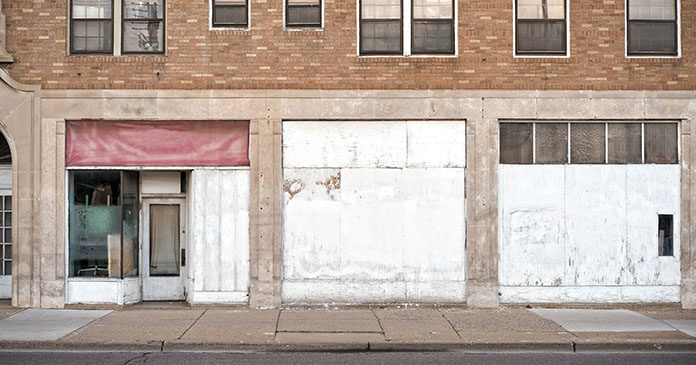The journey to codify all of the rules around Opportunity Zones has been two years in the making but finally reached its conclusion with the release of a 544-page document from the IRS in late December.
As you may recall, qualified Opportunity Zones were created by the 2017 Tax Cuts and Jobs Act to spur economic development and job creation in distressed communities throughout the country and U.S. possessions by providing tax benefits to investors who invest eligible capital into these communities. Once an investor sells an investment, they have 180 days to invest in an Opportunity Zone Fund (OZF) to defer their capital gains.
Taxpayers may defer tax on eligible capital gains by making an appropriate investment in a qualified opportunity fund and meeting other requirements. What’s even more valuable is that all capital gains derived through the investment in the Opportunity Zone itself are tax-free if held for 10 years.
There are 8,700 Opportunity Zones, and investing in them provides significant benefits for taxpayers. While there has been a flurry of interest in investing in Opportunity Zones, the program has also been dogged by uncertainty. Over the past two years, the Treasury Department has made several updates to the rulings to answer lingering questions.
A timing consideration for investors
With the end of 2019, Opportunity Zone investments will no longer be eligible for a 15 percent cost basis step-up because the holding period will no longer be greater than seven years. Part of the rules of Opportunity Zones require that the deferral gain must be realized before the opportunity fund investment is sold or exchanged or by Dec. 31, 2026.
Some have speculated that this may cause interest in Opportunity Zone investments to level off, but the final rules could also prompt some cautious investors to dive in. A recent survey from Novogradac reported that OZFs have raised nearly $4.5 billion, the bulk of which has been in residential real estate, particularly in large multifamily projects.
Clarifications from the newest ruling
One of the most important details to come out of the new document is that OZFs can sell individual properties without having to sell the entire fund. Also, the substantial improvement rules make it clear that a developer can use the construction of a new building to contribute to the improvement of an Opportunity Zone property where there is already an existing building.
Another area of confusion has been around Section 1231, the tax form used to report gains and losses within a given year. The updates confirm that investors can invest gross Section 1231 gains even if they have net Section 1231 losses. This means that the entire amount of the capital gains from investments can be invested, not just amounts that are greater than the losses.
The updates also include a shift in the time period for investing gains achieved by selling business assets (including real estate). They now begin on the sale date rather than at the end of the year in which the assets were sold.
Another important detail is that while only capital gains taxable in the U.S. are eligible to be invested in a OZF, nonresident foreign individuals and corporations can make Opportunity Zone investments.
One shift that is especially attractive to developers is that the final regulations establish a working capital safe harbor that gives them up to 62 months to complete a project from the time when the money is first invested. This shift was in response to feedback from developers that the original 31-month deadline did not give them enough time for permits, zoning, and other concerns.
The new rules also make it more appealing for developers to plan projects on brownfield sites, which are previously developed industrial sites that are not currently in use. The developer can treat the property as satisfying the original use requirement of the Opportunity Zone rules. The regulations also take into account the remediation of contaminated land as part of the consideration of whether the land has been significantly improved.
One important consideration relates to what are termed “sin businesses.” Qualified Opportunity Zone businesses (QOBs) can only invest a maximum of 5 percent in sin businesses. The IRS defines these as a private or commercial golf course, country club, massage parlor, hot tub facility, suntan facility, racetrack or other facility used for gambling, and liquor stores.
The bottom line for investors
Overall, the new rules are good news for investors and show that there is some flexibility in the legislation. While these are meant to be the final rules, some members of Congress have asked for additional clarity and there may be still more clarifications and reporting guidelines to come.
Source Deidre Woollard, Motley Fool














